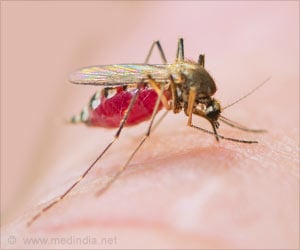An international environmental agreement to regulate the use of chemicals depleting the ozone layer may have inadvertently allowed higher levels of other harmful chemicals to flourish.

‘Global regulation and replacement of other environmentally harmful chemicals contributed to the increase of these compounds in the Arctic, illustrating that regulations can have important unanticipated consequences.’





But these replacement compounds, thought to be a better alternative, degrade into products that do not break down in the environment and have instead continually increased in the Arctic since about 1990. It is important to study these products of CFC replacement compounds, short-chain perfluoroalkyl carboxylic acids (scPFCAs), before more of them are phased in over the next few years as they can adversely impact human health and the environment. They are part of the perfluoroalkyl substances (PFAS) class of man-made chem icals used in commercial products and industrial processes that are currently receiving a lot of attention.
These scPFCAs are products of chemicals used in the fluoropolymer industry in automotive, electrical and electronic applications, industrial processing and construction.
"Our measurements provide the first long-term record of these chemicals, which have all increased dramatically over the past few decades," says Young. "Our work also showed how these industrial sources contribute to the levels in the ice caps."
They can travel long distances in the atmosphere and often end up in lakes, rivers and wetlands causing irreversible contamination and affecting the health of freshwater invertebrates, including insects, crustaceans and worms.
Advertisement
The researchers acknowledge the importance of the Montreal Protocol's positive impact on the ozone and climate but point out that even the best regulations can have unintended negative impacts on the environment.
Advertisement
Source-Eurekalert















